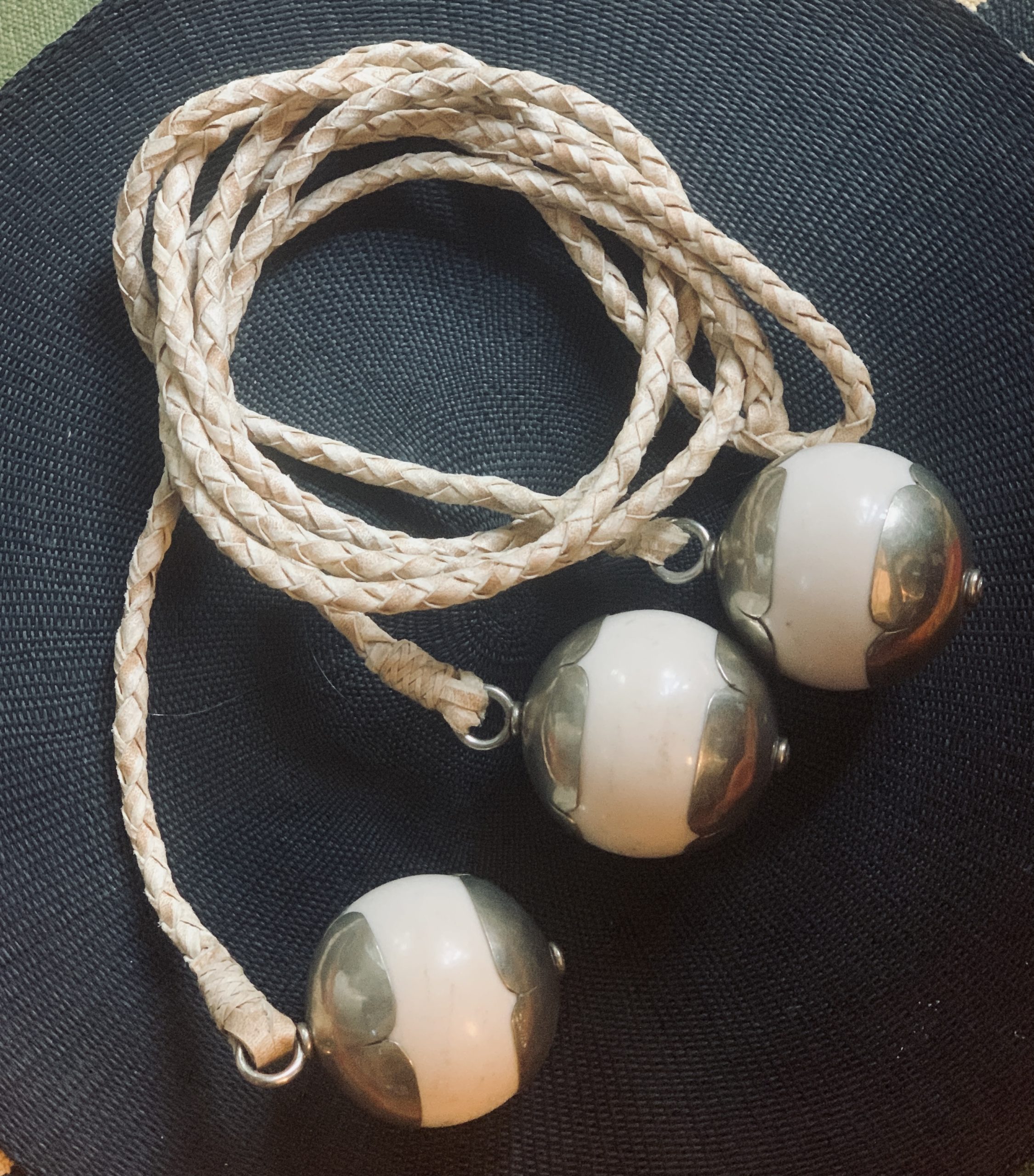Our Latin America Team has just returned from one of my all-time favorite countries Argentina! We are keeping them busy with our multiple Mexico City and Oaxaca Journeys. I would return to Argentina in a heartbeat… extraordinary dining, striking Gauchos, delectable wine, art… a long list of compelling reasons to visit. When I first began this Professional Travel Journey, all of our clients visited Argentina, I’ll never forget a call from our VIP Team, on taking our Household Name client to the hospital when he sliced off part of his finger in a cooking class. I adore this client, he sends quick sweet notes and videos from their travel – he sent a brief note – finger fine, at hospital! Last week, he sent a video from his rooftop penthouse in Rome…it’s the little things! It’s always nice to be appreciated by clients or really, anyone!

Argentina offers a wide range of diversity of experiences and locations. It isn’t just a country, it’s a continent’s worth of landscapes packed into one wild, beautiful place full of generous and warm people. One afternoon you can be sipping Malbec in Mendoza, the next you’re off-roading through otherworldly canyons in the northwest. We can organize perfectly civilized Journeys or go natural and visit funky family-owned wineries, neighborhood eateries, and smoky backyard asados.
Argentina spans such a large area of the Southern hemisphere that a trip here could have you huddled up close to native penguins on Martillo island on the Southern tip, sipping on high-altitude wines in Mendoza or Salta, bamboo-bicycling through the busy streets of Buenos Aires, or staring in awe at the immense power of the Iguazu Falls, or for those with more time, all of the above. From the very north to the extreme south, Argentina delivers adventure and culture on every latitude. Each time I’ve visited, a Tango show is always on my dance card!

Most trips begin and end in Argentina’s stunning capital, Buenos Aires, but from there it’s up to you depending on your interests, travel style, and how long you’re able to travel. A short list below of areas, possible combinations – with follow-up posts of unique itineraries, with interesting mixtures for longer trips, but if you’re limited to a week, we can still combine Buenos Aires with another amazing area of this one-of-a-kind destination.
You might agree that the best way to get to know a city is by eating your way around it. Dive deep into historic neighborhoods like Palermo and San Telmo with a local culinary guide, sampling an array of iconic and traditional dishes, as well as unexpected fare. Tear through sourdough Argentine-style pizza, corn-filled empanadas, and a chickpea-based dish called faina reflecting the influence of Italian immigrants.
Bear in mind, Buenos Aires is not just for carnivores. We try at least one new plant-forward restaurant, because even avid meat eaters need a green break! Contemplate a delectable mushroom Milanese, a vegetarian version of a popular Italian favorite. Save a few nights for a perfectly cooked grass-fed ribeye followed by thirst-quenching gelato. Working with locals guarantees that we identify the IYKYK places you will love sharing with your foodie friends!
Shop Buenos Aires with Our Artisan Insider. One of the dear friends of our VIP Team is a stylist with serious local cred ready to take you straight to the good stuff. Think hand-stitched leather, designer fashion, textiles, jewelry, even expertly crafted knives to step up your asado game. These aren’t souvenir shops; they’re ateliers and studios where Argentina’s top designers are excelling at their craft. Return home with pieces you’ll not only use but cherish. I have a gorgeous set of chunky bone handled forks and knives in a leather case; they come out for an all-meat centric meal! I collect silver accessories and my small footed silver dishes are perfect for Chimichurri.
Mendoza Boutique & Wineries- You haven’t truly experienced Mendoza until you’ve tasted wine with the winemakers themselves, preferably while staring straight at the snowcapped Andes.
At SuperUco, Agustin and Matías Michelini pour bold, biodynamic wines that are as wild and honest as the land itself. It’s a tiny family project with big ideas and zero ego. And then there’s Finca El Paraíso, the Arizu family’s original estate, where guests wander the vineyards and olive groves before sitting down to a long, leisurely lunch cooked by their in-house chef. The wines are legendary, the setting’s serene, and the stories run deep.
Mixing it Up in Mendoza- If you also love spirits, we’ve tracked down a small-batch distillery that’s only just opened its doors to the public. They’re quietly producing some of the best whiskey and gin in Argentina. It’s tucked away, run by passionate locals, and the tasting room feels more like a secret club than a tourist stop.

One of my romantic notions was to meet a Gaucho. There are few people in Argentina as romanticized as the Gaucho. The nomadic and colorful horseman and cowhand of the Argentine and Uruguayan Pampas who flourished from the mid-18th to the mid-19th century and has remained a folk hero similar to the cowboy in western North America.


Upcoming Journeys or call to inquire! Numerous itineraries can be curated in Argentina: Buenos Aires and Mendoza. Patagonia, Buenos Aires and Wild Patagonia. Buenos Aires, Iguazo Falls and Rio. Wine Tasting through Argentina.. Northwest Argentina Road Trip. Best of Argentina.
Summer (December-February): Ideal for Patagonia, but can be very hot in the north.
Shoulder Seasons (September-November & March-May): Offer pleasant weather and fewer crowds in many areas.
Winter (June-August): Good for skiing in Bariloche, but some Patagonian areas are snowed in.
Highly Recommend!





































You must be logged in to post a comment.